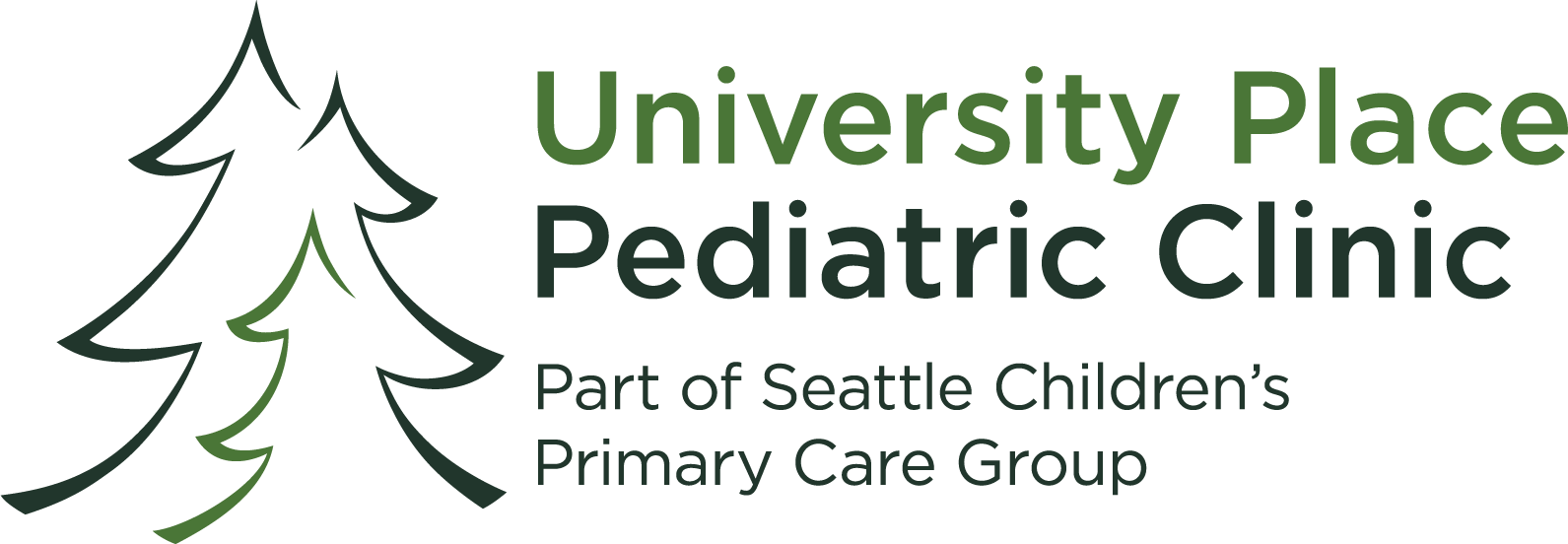Health Resources
Try our new Symptom Checker for information on common illnesses. Also, learn more about viruses, vaccines and treatments.
Here is information on some common childhood illnesses.
Colds, upper respiratory infections, and URIs are common terms we use to describe viral illnesses that cause nasal congestion, runny nose, sneezing, sore throat, fever and cough. The fever usually lasts for 2 to 3 days and the cough with congestion and runny nose may last for 5 to 10 days. The typical preschool-age child may experience 6 to 10 colds per year. Most colds resolve on their own with rest and fluids but some may lead to ear infection, sinus infection, asthma attack or other complications. If you are concerned about the possibility of one of these complications, please have your child seen in our office for an evaluation.
For more information:
The influenza virus (commonly called "the flu") can be particularly severe. Infection with the influenza virus causes a sudden onset of fever, chills, dry cough and muscle aches. Other symptoms include headache, fatigue, sore throat and nasal congestion.
Some children are at increased risk of more serious illness from influenza, because of conditions such as diabetes, asthma, immunity problems or being treated with immune-suppressing medications. They are especially vulnerable to complications and should get vaccinated as soon as possible.
Please get a vaccination if you and your child have not yet had it this year!
For more information:
If your child has a fever, sore throat, headache or stomachache without any other viral symptoms like congestion or cough, it may be strep throat. Bacteria, called Group A strep, cause this type of sore throat. To diagnose strep throat, your physician will require a swab of your child's throat and antibiotics will be needed if the strep test is positive.
For more information:
With a case of bronchiolitis, your infant's symptoms may begin with a runny nose, a fever, and a harsh, tight cough. If it progresses to wheezing, your child may start to breathe rapidly and "pull" with his/her abdomen and rib muscles with each breath. Please call us for an appointment if your child's breathing becomes labored or difficult.
For more information:
Coughing is an important and beneficial reflex that our bodies need to clear secretions and to keep open our major airways during the course of a viral cold or upper respiratory infection. However, severe or persistent cough can be associated with asthma, pneumonia, sinus infections and bronchiolitis and should be evaluated by your health care provider.
For more information:
The cough and breathing that are associated with croup make it distinctly different from other viral colds or respiratory illnesses. This is because the parainfluenza virus infects and irritates the voice box, the vocal cords, and the windpipe.
The cough is worse at night, and it has a distinct bark that sounds much like a seal's bark. Associated with the barky cough, your child may have difficulty when inhaling air, making a labored and whistling sound when breathing in – called stridor. Humidified air and fluids often are the most helpful treatments.
Please call the office to have your child evaluated by the doctor if he/she has symptoms of croup.
For more information:
Pertussis, or whooping cough, is a respiratory illness that begins with mild cold symptoms and progresses to a severe cough. The cough comes in spasms and is sometimes characterized by a high-pitched whooping sound followed by vomiting.
Classic pertussis lasts several weeks with some cases lasting 10 weeks or longer. Pertussis is most severe in the first 6 months of life, particularly in those who are unimmunized or who are born prematurely. Pertussis is diagnosed clinically and confirmed with laboratory tests.
For more information:
Medicine Dosages
- Acetaminophen (PDF) (Spanish)
- Benadryl (PDF) (Spanish)
- Helping Your Child Take Medicine (PDF)
- Ibuprofen (PDF) (Spanish)
- Medicine - Refusal to Take
- Medicine Safety Reminders All Parents Should Know
Search Seattle Children's Patient and Family Education database for more helpful information.
Contact Us
Address: 1033 Regents Boulevard, Suite 102, Fircrest, WA 98466
Phone: 253-564-1115
Fax: 253-565-8842

Learn more about Seattle Children's Primary Care Group.
